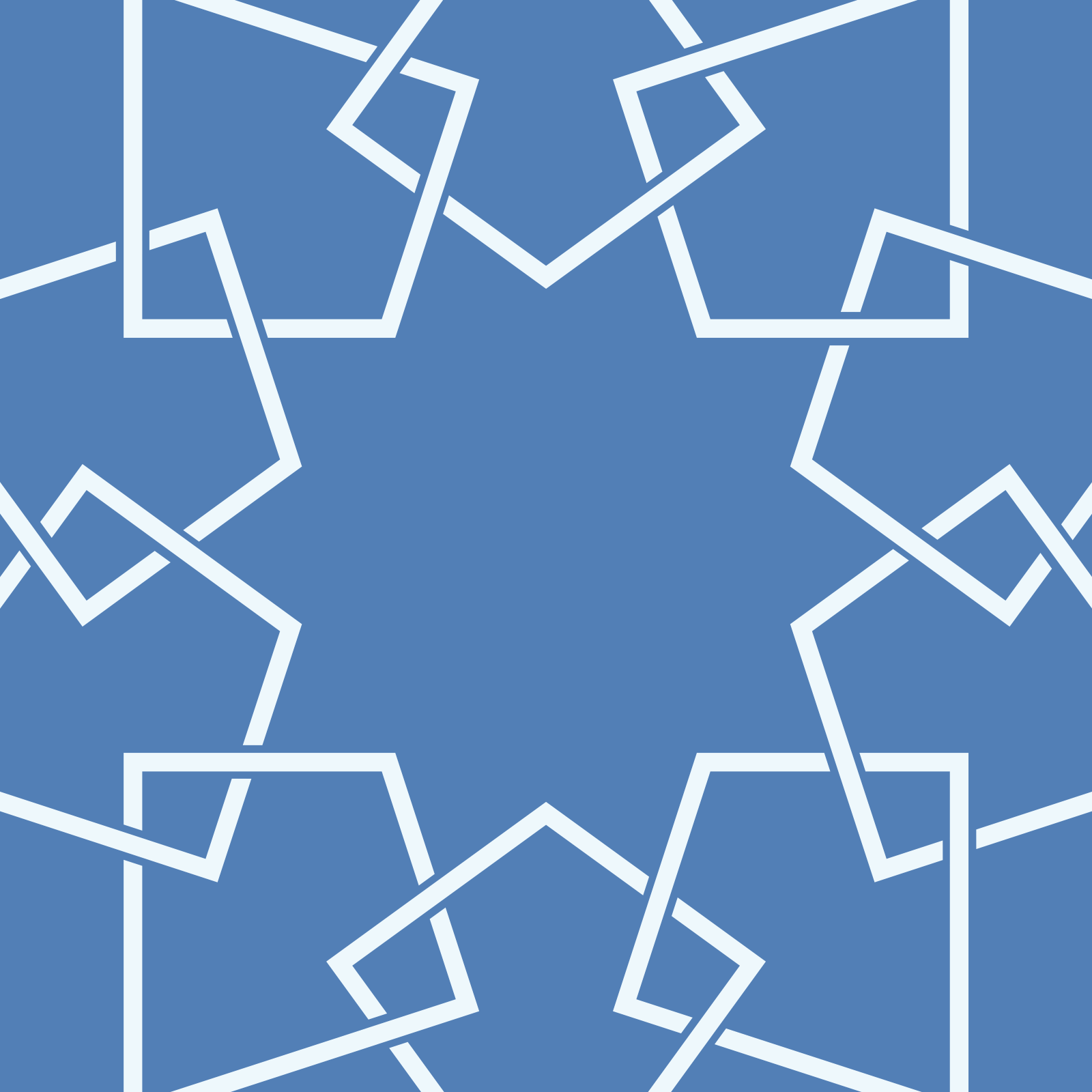In pictures: 19 years of the haj 1998 to 2016
Muslim pilgrims gather on the plains of Arafat during the annual haj pilgrimage, outside the holy city of Mecca, Saudi Arabia September 11, 2016. REUTERS/Ahmed Jadallah
Every year around 2 million pilgrims gather for the haj, presenting a multitude of logistics and security challenges for the Saudi authorities. For the pilgrim, the haj is a substantial financial, spiritual, physical, and emotional challenge.
Over the years, the haj has been hit by building collapses, floods, deadly stampedes and other accidents. Many pilgrims have lost their lives on the haj, either caused by accidents or other factors. According to available data from Saudi Arabia's ministry of health, 90,276 pilgrims died during the haj from 2002 to 2015 alone.
Scroll through the 19 years of the haj, from 2016 to 1998, to see the different challenges, and faces, of the pilgrimage.
| 2016 |

A haj pilgrim takes a selfie at the Grand mosque, Masjid al Haram, in Mecca September 6, 2016. REUTERS/Ahmed Jadallah

A Saudi security helicopter flies over the tents of Muslim pilgrims on the second day of Eid al Adha in Mina, near the holy city of Mecca, during the annual haj pilgrimage September 13, 2016. REUTERS/Ahmed Jadallah
| 2015 |

Workers walk near a construction crane which crashed in the Grand Mosque, Masjid al Haram, in the Muslim holy city of Mecca, Saudi Arabia September 12, 2015. At least 107 people were killed when the crane toppled over at Mecca's Grand Mosque less than two weeks before the annual haj pilgrimage. REUTERS/Mohamed Al Hwaity

Rescue workers carry the body of a Muslim haj pilgrim after a stampede at Mina, outside the holy Muslim city of Mecca, September 24, 2015. Around 2,000 were killed in a crush outside Mecca, in the worst disaster to strike the annual haj pilgrimage for 25 years. REUTERS/Stringer
| 2014 |

Haj pilgrims perform the tawaf, or circumambulation, around the holy Kaaba during the haj at the Grand Mosque, Masjid al Haram, in Mecca September 26, 2014. REUTERS/Muhammad Hamed

Minarets and construction cranes are seen during the construction work of the expansion project at the Grand Mosque, Masjid al Haram, during the annual haj pilgrimage in Mecca September 27, 2014. REUTERS/Muhammad Hamed
| 2013 |

Workers embroider the Kiswa, a silk cloth covering the Holy Kaaba, in the holy city of Mecca, ahead of the annual haj pilgrimage October 8, 2013. REUTERS/Ibraheem Abu Mustafa

An aerial view of the Grand Mosque, Masjid al Haram, is seen on the second day of Eid al Adha in the holy city of Mecca October 16, 2013. REUTERS/Ibraheem Abu Mustafa
| 2012 |

Muslim pilgrims circle the Kaaba at the Grand Mosque, Masjid al Haram, during the annual haj pilgrimage in Mecca October 17, 2012. The expansion of the mosque started in 2012, evidenced by the construction cranes in the background. REUTERS/Amr Abdallah Dalsh

Muslim pilgrims perform the Sa'i, walking between Al-Safa and Al-Marwah (Safa and Marwah), seven times at the Grand Mosque, Masjid al Haram, during the annual haj pilgrimage in Mecca October 17, 2012. REUTERS/Amr Abdallah Dalsh
| 2011 |

Women sell goods to pilgrims at the road to the Grand Mosque in Mecca during the annual haj pilgrimage in Mecca October 30, 2011. REUTERS/Ammar Awad

Saudi policemen monitor screens connected to cameras set up at all the holy places in Mecca during the annual pilgrimage, November 7, 2011. REUTERS/Ammar Awad
| 2010 |

Muslim pilgrims exchange money at a currency exchange centre outside the Grand Mosque, Masjid al Haram, in Mecca, November 13, 2010, during the annual haj pilgrimage. REUTERS/Fahad Shadeed

Haj pilgrims look at damaged cars after heavy rains in Mecca November 18, 2010. REUTERS/Mohammed Salem
| 2009 |

Haj pilgrims touch the Jabal al-Rahma pillar on Mount Mercy on the plains of Arafat outside the holy city of Mecca November 26, 2009. REUTERS/Caren Firouz

Pilgrims pass by thermal sensors installed to detect their temperature upon their arrival at Jeddah airport, November 10, 2009. Saudi authorities tightened health measures at the airports and sea ports as well as created the 300-bed capacity King Saud Hospital especially for H1N1 flu cases. REUTERS/Susan Baaghil
| 2008 |

Muslim pilgrims perform the tawaf, circling the Kaaba at the Grand Mosque, Masjid al Haram, in Mecca during the annual haj pilgrimage December 4, 2008. REUTERS/Ahmed Jadallah

Muslim pilgrims stand at the entrance of Hera cave at the top of Mount Noor in Mecca during the annual haj pilgrimage December 4, 2008. Pilgrims visit the Hera cave in Mount Noor, where Muslims believe Prophet Mohammad received the first words of the Quran through archangel Gabriel. REUTERS/Ahmed Jadallah
| 2007 |

Muslim pilgrims arrive at plain of Arafat, near Mecca December 18, 2007. Pilgrims spend the day on the plain, where the Prophet Mohammad gave his farewell sermon 14 centuries ago, before moving back to Mena to celebrate Eid al Adha, marking the end of the haj by slaughtering sheep, goats, cows and camels to commemorate Prophet Abraham's willingness to sacrifice his son Ismail on God's command. REUTERS/Ali Jarekji

General view shows Muslim haj pilgrims casting seven stones at pillars symbolizing Satan in Mena, outside Mecca, December 20, 2007. REUTERS/Ali Jarekji
| 2006 |

Rescue workers search through the rubble of a hostel that collapsed near the Grand Mosque of Mecca, Saudi Arabia January 5, 2006. At least 15 people were killed and 39 injured when the hostel collapsed in Mecca as thousands of pilgrims gathered in the Muslim holy city for the annual haj. REUTERS/Ali Jarekji

Muslim pilgrims wait near their ferry as they arrive at Jeddah Islamic Seaport in Saudi Arabia January 3, 2006. More than 1.3 million Muslims had arrived in Saudi Arabia for the annual haj pilgrimage by January 3. REUTERS/Ali Jarekji
| 2005 |

Water was sprayed to cool off pilgrims before noon prayer in Arafat near Mecca, January 19, 2005. In Arafat, the climax of the rites, pilgrims recite the Quran, and perform continuously intense prayer. After Arafat, pilgrims spend the night in Muzdalifah, before spending three nights in Mena for the stoning the devil ritual, performing sacrifice, and celebrate Eid al Adha (Feast of Sacrifice). REUTERS/Zainal Abd Halim

Muslim pilgrims wade across a flooded street in Mena, near Mecca, January 22, 2005. Muslim pilgrims performed final rites of the haj on Saturday, with many praising its safety following fears of stampedes or al Qaeda strikes. More than 2.5 million people took part in 2005's haj, which was marred last year by a stampede that killed 250 people at a stoning ritual in the narrow Mena valley near Mecca. REUTERS/Zainal Abd Halim
| 2004 |

Hundreds of thousands of Muslims attend the Friday prayer at the Grand Mosque in Mecca, Saudi Arabia January 23, 2004. REUTERS/Suhaib Salem SJS

Saudi medics carry a wounded pilgrim in the city of Mena during the third day of the haj in Saudi Arabia February 1, 2004. At least 50 Muslim pilgrims were trampled to death in Saudi Arabia on Sunday at the climax of the annual haj pilgrimage, the scene of deadly stampedes in past years, witnesses said. Around 250 pilgrims died as a result of the stampede. REUTERS/Suhaib Salem
| 2003 |

Muslim women pilgrims from walk to perform the symbolic 'stoning of the devil' ritual in Mena, outside of Mecca, on February 11, 2003. Two million pilgrims in Saudi Arabia threw pebbles at a pillar representing the devil in the most accident-prone part of the annual haj. REUTERS/Shamil Zhumatov

Pilgrims shave their heads to symbolise the completion of the haj in Mena, February 11, 2003. REUTERS/Shamil Zhumatov
| 2002 |

Muslim pilgrims "stone the devil" in Mena, outside of Mecca, February 24, 2002. In their final stage of the haj, two million haj pilgrims went to Mena to perform the casting of seven stones to the pillars symbolizing satan. REUTERS

A worker gathers sheep into a shed in Mena, February 18, 2002, ahead of the climax of the annual haj pilgrimage season. Sheep are slaughtered as Muslim pilgrims celebrate Eid al Adha, a four-day celebration at the end of the haj procession. REUTERS/Bazuki Muhammad
| 2001 |

A young pilgrim sits on top of her father's shoulders while throwing pebbles at stone pillars representing Satan in the city of Mina during the third day of haj, March 5, 2001. At least 35 Muslim pilgrims were killed in a stampede as large crowds surged forward for the symbolic stoning of the devil. REUTERS

Muslims leave the Prophet's Mosque in the holy city of Medina, Saudi Arabia, after saying their sunset prayer February 26, 2001. Hundreds of thousands of pilgrims visit the resting place of the Prophet Mohammad, which is inside the mosque, before performing the annual haj pilgrimage. REUTERS
| 2000 |

Pilgrims in Mecca on March 14, 2000 on their way to Mena a day before climbing Mount Arafat. More than two million pilgrims had gathered in Mecca for 2000's haj season that started on March 14. REUTERS

Pilgrims upon their arrival at Mount Arafat March 15, 2000. More than two million pilgrims prayed for forgiveness on Wednesday after reaching Mount Arafat in Saudi Arabia at the climax of the spiritually-charged annual haj. REUTERS
| 1999 |

Thousands of pilgrims from across the world make an ascent to Mount Arafat near Mecca March 26, 1999. The haj pilgrimage climaxes with the climb on Mount Arafat, site of the Prophet Mohammad's last sermon 14 centuries ago. REUTERS

Pilgrims wait in a queue for holy water Zam Zam in front of the Masjid al Haram mosque in Mecca March 31, 1999. REUTERS
| 1998 |


Masjid al Haram, Mecca, Saudi Arabia, during the haj on April 7, 1998. REUTERS
(Compiled by Emmy Abdul Alim)
© SalaamGateway.com 2017 All Rights Reserved
